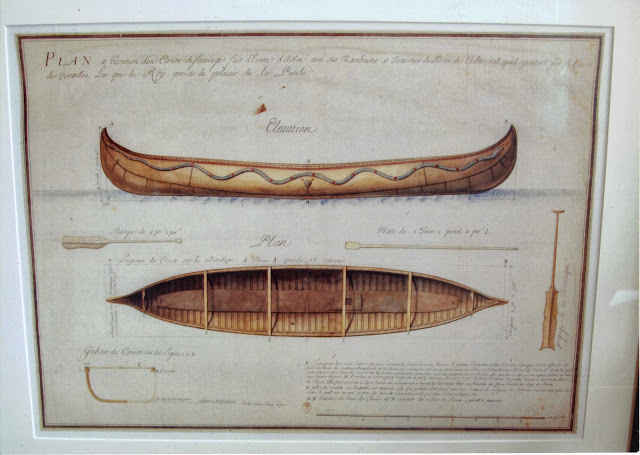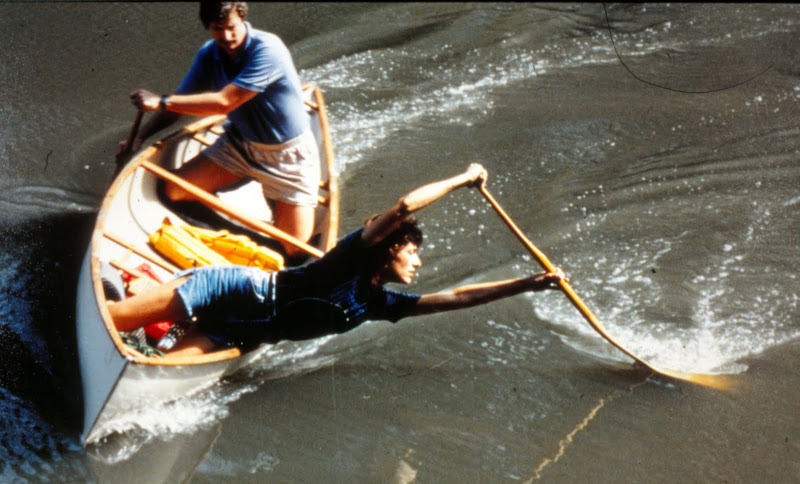Before I continue with the criticism that's been requested, I'd like to make clear if you are interested in paddles and have a woodworking hobby, it makes eminent sense to make paddles that interest and please you -- practical, experimental, aesthetic, whatever. I like that, and would like to try all those beautiful creations. My opinions are purely as to practical utility to me.
Glenn: "The intermediate grips would be useless to me." Can you explain?
Sure. I simply have no use for a paddle that tries to masquerade as a 60", 58", 56" and 54" paddle with a gimmicky grip. I like paddles that are the right size for me in the specific waters I'm paddling. I do like a small flattish area right below the grip on a flatwater paddle so I can grip it laterally when I want. But I have no use for dropping my grip hand way down the shaft to create a much "shorter" paddle than optimal for me.
Besides, your serpentine shaft would not allow a paddler to choke up on the shaft, which is helpful with certain strokes and moves.
I can buy that sugar islands are faster and better in shallow water. But I would never use one for a long distance on open water.
I don't think it's possible to say one design is better than the other.
I can say with great confidence that animal tail, quill or rodent tail paddles are not used by any canoeing segment interested in maximal speed, power or long distance efficiency.
No serious whitewater paddler, marathon racer, ocean outrigger paddler, Olympic sprint racer, or freestyle flatwater performer would use one of those paddles.
Whitewater and Olympic paddlers use a rectangular paddle blade of the Sugar Island or Honey Island type.
Flatwater freestylers use large Honey Island shapes, such as the famous Lutra and Quimby, to maximize bracing and hull torquing during high heel moves.
Marathon racers are the definitive long distance paddlers. No racer would use a long bladed paddle like an animal tail or quill. A long blade arcs too deeply in the water, lifting the bow on entry and lifting the stern on exit. All that is inefficiency. In addition, long paddles, especially long-bladed wooden animal tails, are too cumbersome to switch fast over the gunwales and become heavy clubs when lifted into the air tens of thousands of times on a long distance trip, relative to racing blade designs. Marathon racers want a short, lightweight paddle with a squat blade for minimal below-water arc and forward propulsive power.
Outrigger paddlers are the definitive long distance ocean canoe paddlers. They all choose almost exactly the same type of blades as the flatwater marathon paddlers, except most outrigger paddlers prefer the T-grip instead of the marathon pear grip.
In conclusion, the "best" paddle shapes
are known by the experts in all segments of canoeing interested in speed, power and efficiency.
The marathon-outrigger shape paddles are also the most efficient and lightest weight paddles, in
my less than expert opinion, for slow cruisers like me.











